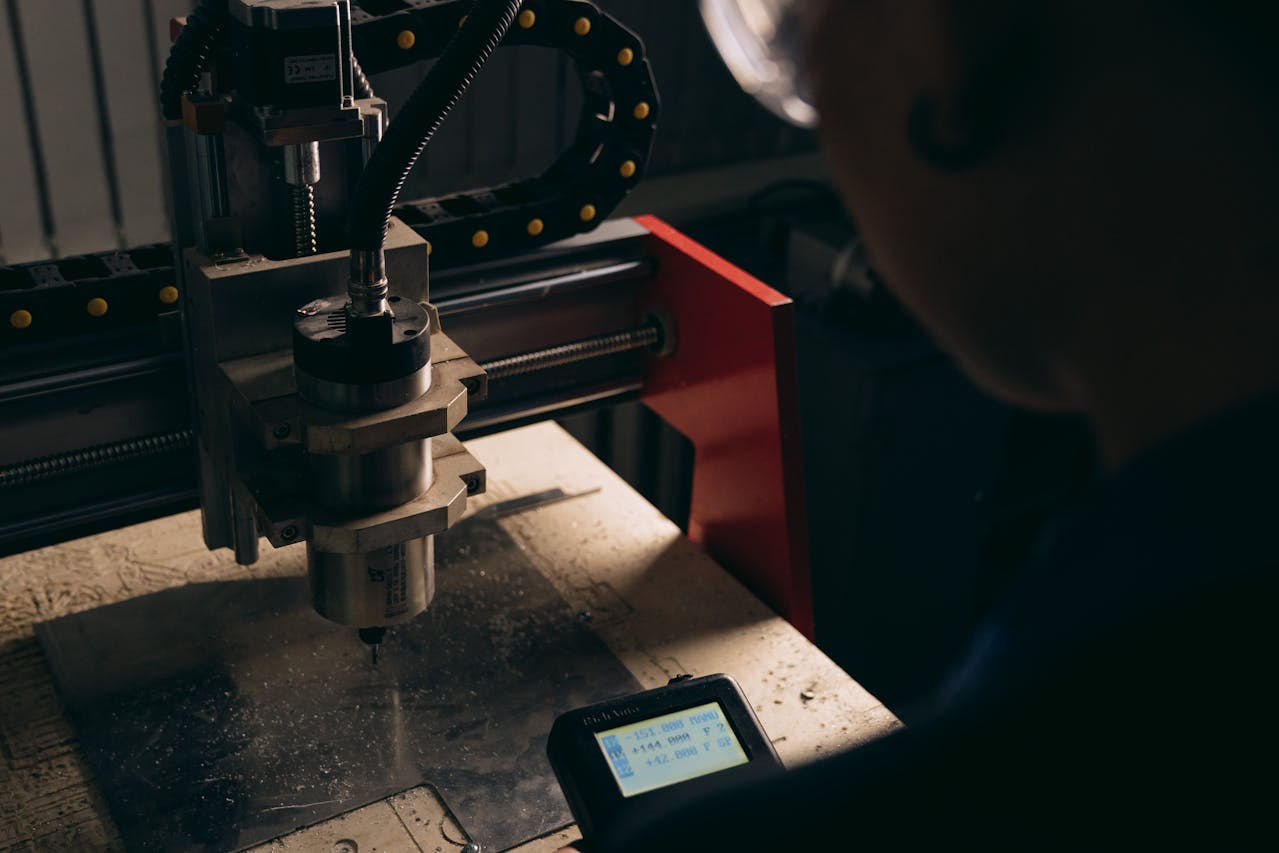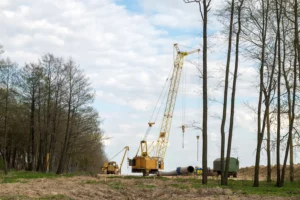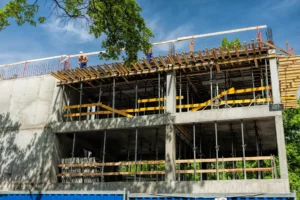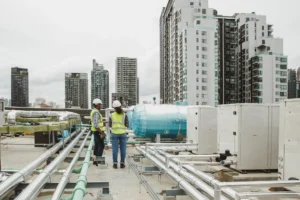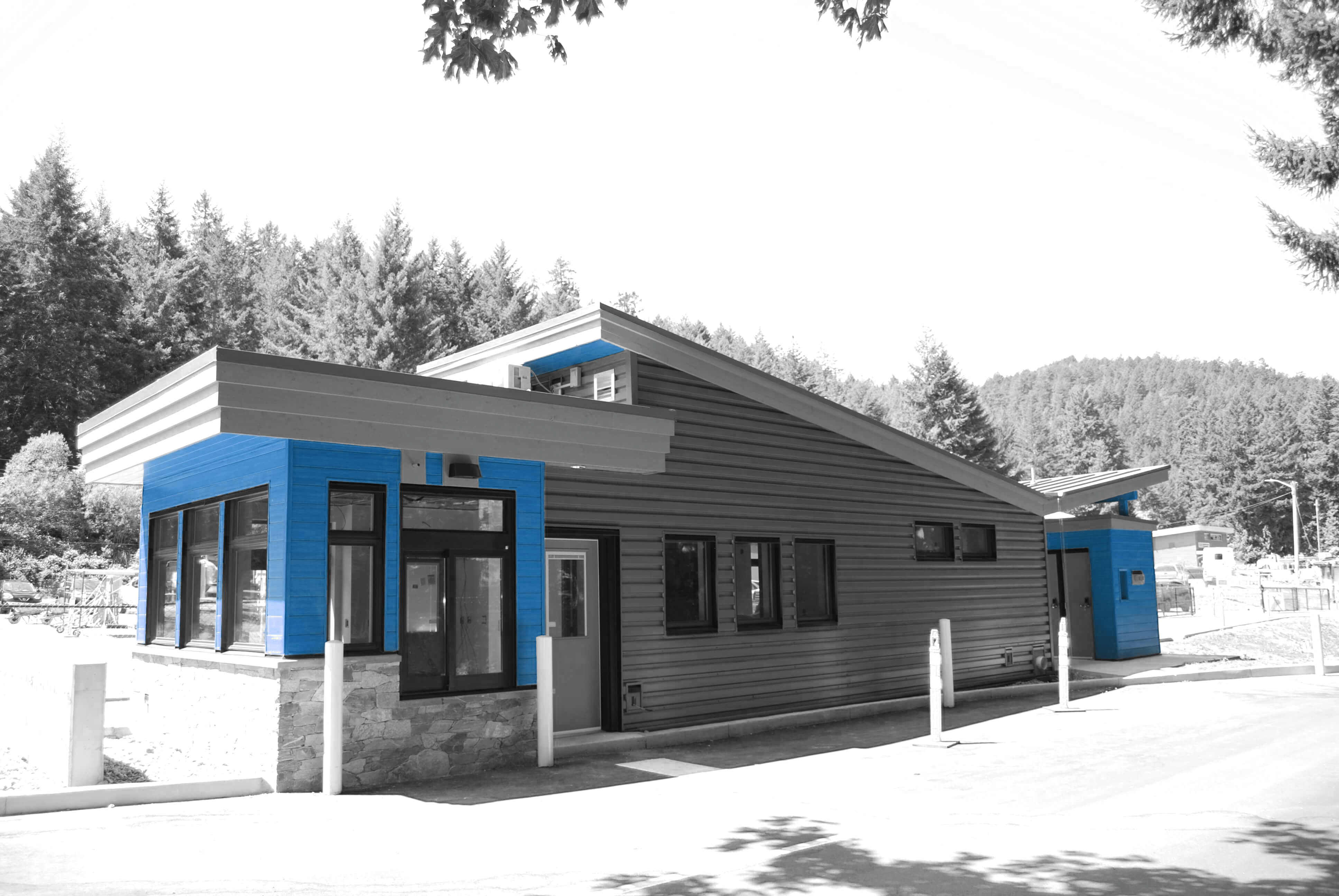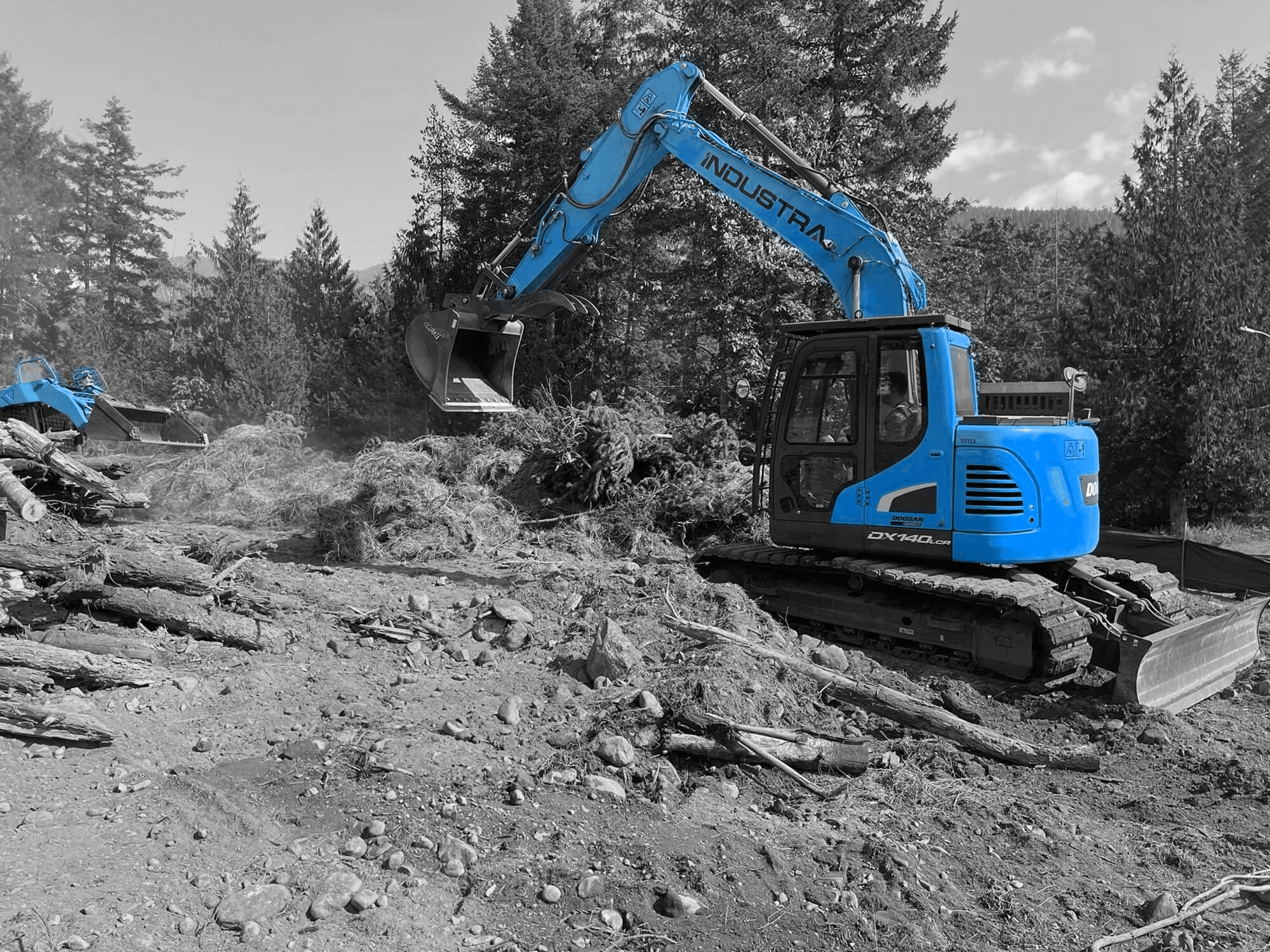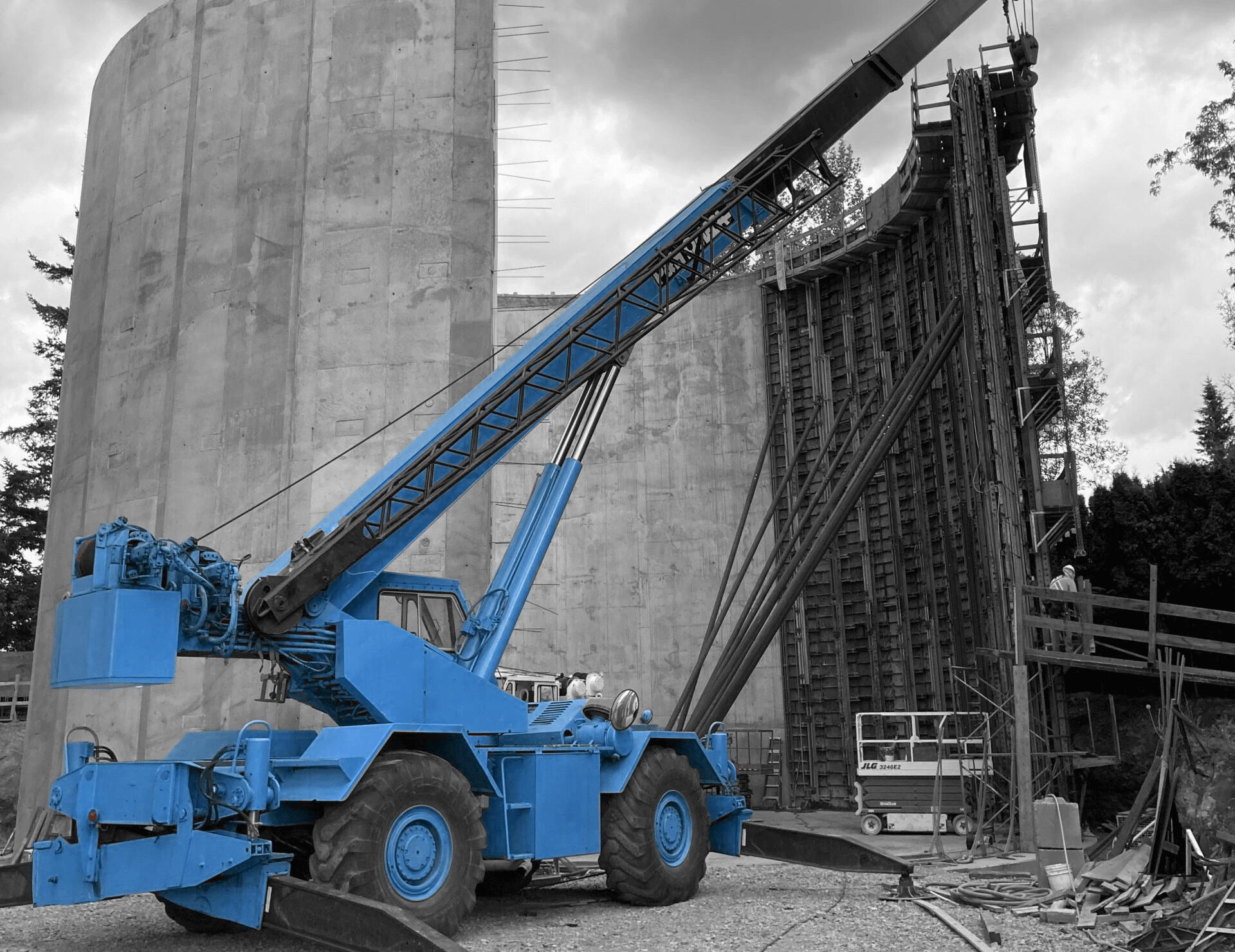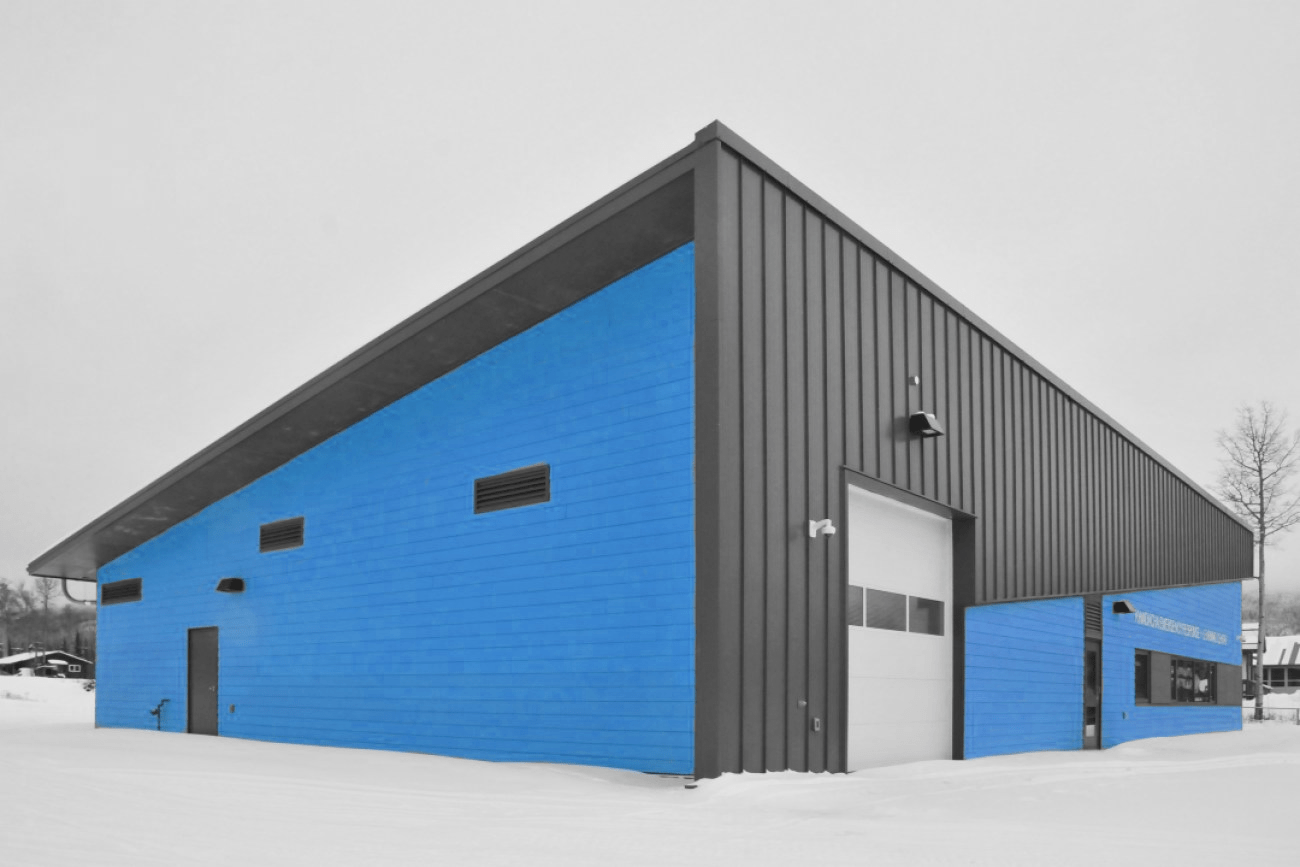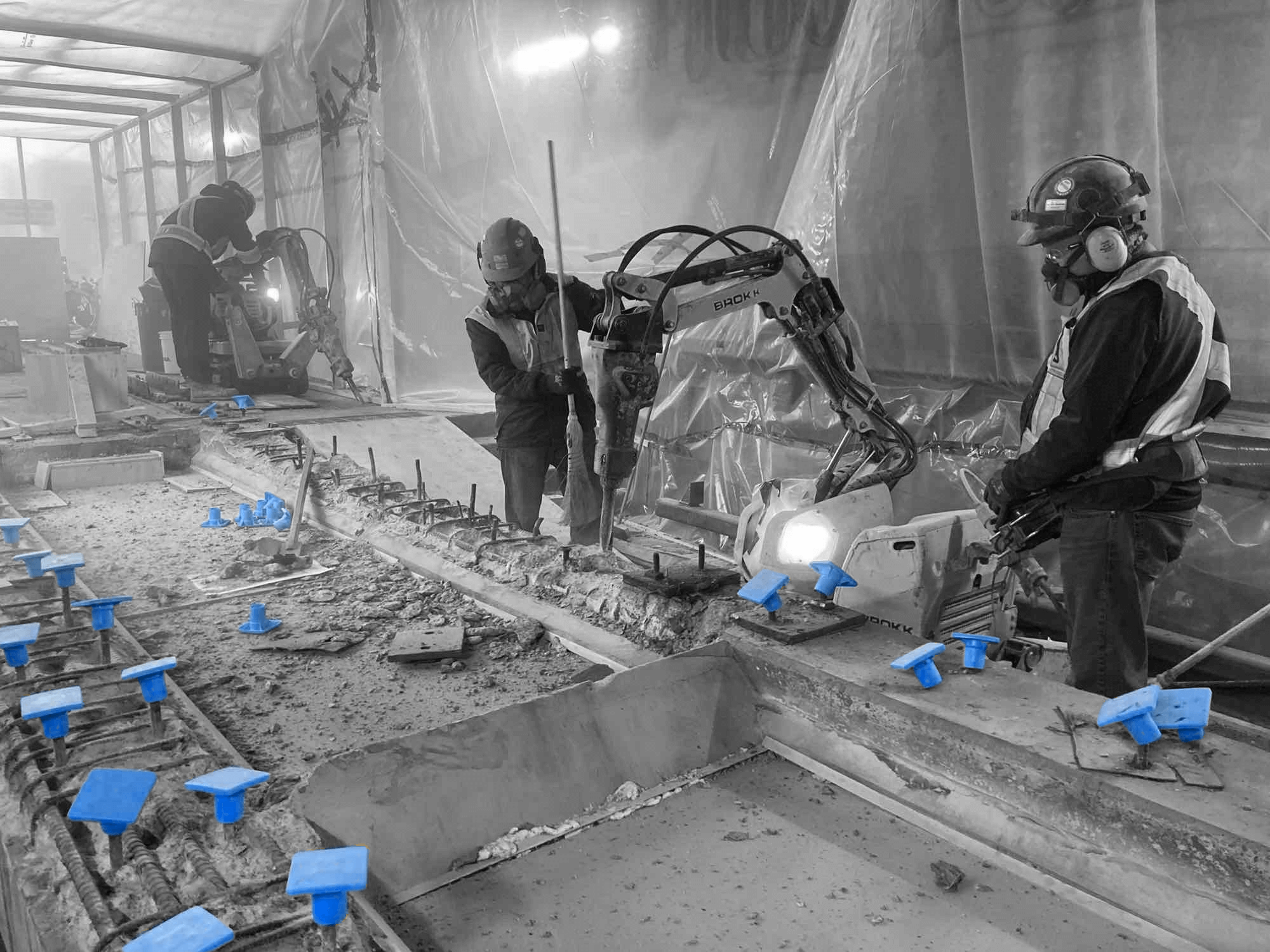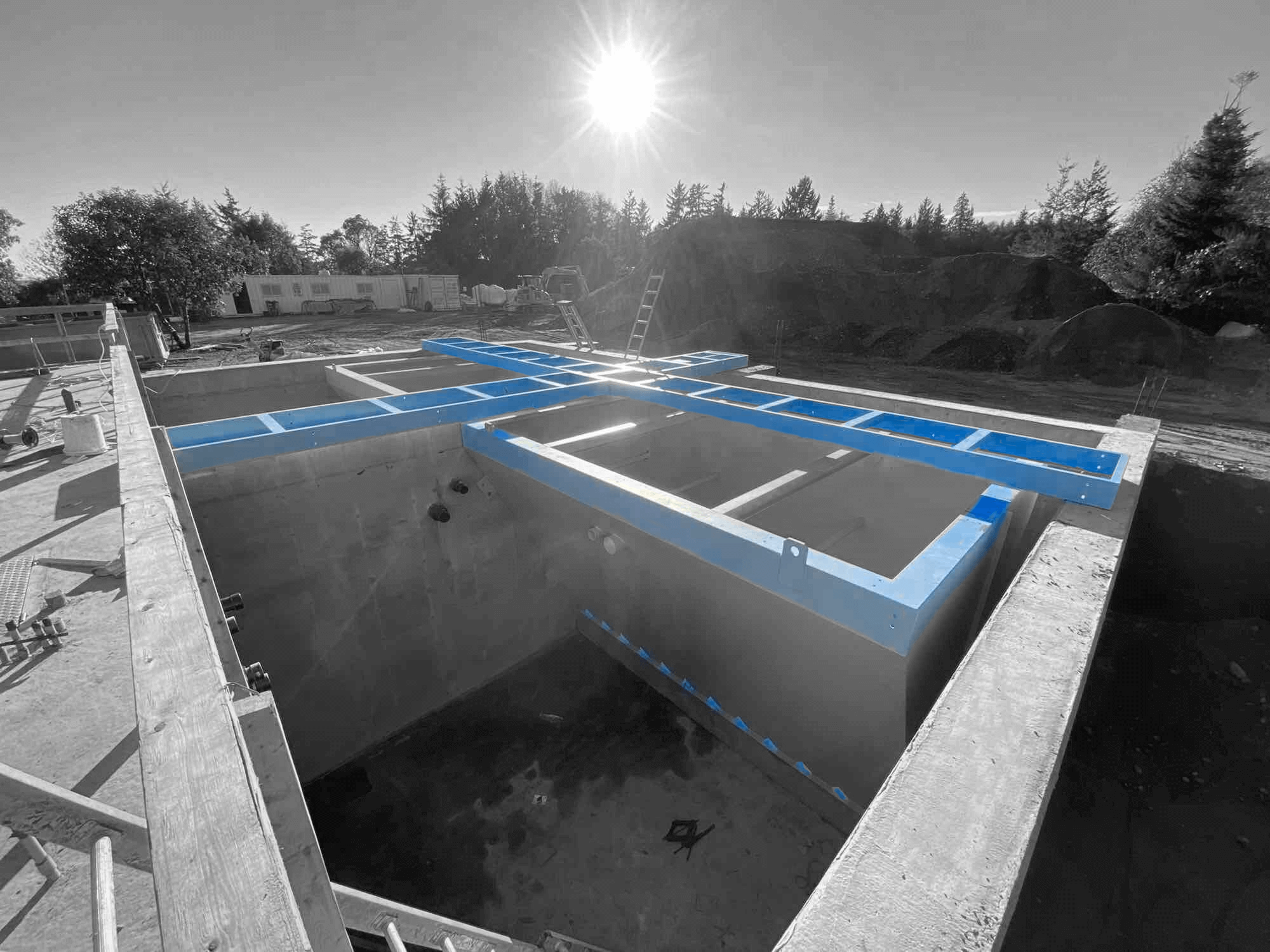Process mechanical work often forms the backbone of many construction projects, especially in industries like water treatment and infrastructure. It involves the integration of various systems and equipment to ensure seamless operations. However, when things go wrong, it can lead to significant issues. Equipment failures in this field aren’t just minor inconveniences; they can halt operations, delay timelines, and increase costs. That’s why troubleshooting these problems in an efficient and timely manner is key.
A proactive approach in design and execution, often referred to as design-build, can significantly aid in managing and resolving such issues. This approach encourages an integrated project delivery model where all team members work collaboratively. It helps in identifying potential problems early and addresses them before they escalate. Through understanding the critical role of design-build, you can better navigate the challenges that come with process mechanical work.
Identifying Common Equipment Failures
When it comes to process mechanical work, some equipment failures are encountered more often than others. Understanding these typical failures can help in addressing them quickly.
– Leaks or faults in piping systems
– Pump failures due to clogged filters or mechanical wear
– Electrical control panel malfunctions
– Corrosion in metal parts
– Seals and joints wear and tear
For many of these problems, the causes can range from poor installation to a lack of regular maintenance. Leaks, for example, might be caused by insufficient sealing or ageing components, while pump failures might result from obstructions in the system or mechanical fatigue over time. Each failure not only represents a complication in itself but can also snowball, impacting project timelines and escalating costs as repairs or replacements are needed.
By understanding the common failures and their potential origins, professionals can take pre-emptive steps to mitigate these issues. This proactive troubleshooting allows for more effective management of process mechanical systems, ensuring projects stay on track and within budget.
Effective Troubleshooting Techniques
Handling equipment failures begins with robust troubleshooting techniques. Start by visually inspecting the equipment to identify any obvious issues like loose connections or damaged components. Once you’ve done that, move on to a more detailed analysis.
1. Gather all relevant documentation and schematics to have a complete understanding of the equipment’s design.
2. Use diagnostic equipment to pinpoint the exact source of the problem, whether it’s electrical, mechanical, or software-related.
3. Document all symptoms and probable causes, which helps in quickly diagnosing similar issues in the future.
Getting into the habit of regular check-ups can dramatically reduce unexpected breakdowns. This not only includes on-the-spot inspections but also sticking to an established maintenance schedule. Being proactive in documenting each step and every observation allows for a smoother troubleshooting process. Regular updates and checks help identify small problems before they turn into major issues.
Preventive Measures to Minimize Failures
Preventing mechanical failures saves time, money, and stress in the long run. Here’s how you can become more proactive:
– Set up a maintenance calendar to ensure all assessments and servicing work happens without fail.
– Choose high-quality materials and ensure proper installation right from the start. A poorly installed system is a problem waiting to happen.
– Implement thorough testing protocols. Every piece of equipment should be tested under various conditions to make sure it meets all operational standards.
These steps serve as effective insurance against unexpected failures. Ensuring that systems are in tip-top shape not only minimizes immediate risks but prepares you for any challenges down the line. Keeping an eye on every detail today can save you a headache tomorrow.
The Role of Design-Build in Troubleshooting
A design-build approach can revolutionize how troubleshooting is tackled. This method streamlines communications by integrating different teams, which makes problem identification much quicker. Imagine a city water treatment facility encountering unexpected pump failures. In a traditional setup, the delay for engineers and builders to communicate effectively could result in longer downtimes. However, with a design-build approach, all the experts are already on the same page, working together to devise immediate solutions.
This method also brings out the best in project delivery. Besides speeding up troubleshooting processes, it prevents future challenges by incorporating lessons learned in real time. This simultaneous give-and-take among teams translates into overall better system resilience.
Keeping Your Projects On Track
Each element of your project, from initial design to unforeseen troubleshooting, demands careful attention. Troubleshooting plays a critical role in process mechanical work as it directly influences project timelines and costs. Its importance lies in identifying hiccups before they grow into unmanageable problems.
By adopting preventive measures, regular inspections, and a collaborative design-build methodology, you set your project up for success. This multifaceted approach doesn’t just minimize unexpected failures but also builds a foundation for smoother projects in the future. Understanding these principles helps navigate complex issues more efficiently, ensuring that your operations run without a hitch.
Streamline your project delivery and overcome mechanical challenges with design-build solutions from Industra Construction Corp. Our collaborative methods help you identify issues early and make sure your projects stay on track. Discover how integrating this strategy can elevate your construction efficiency.


